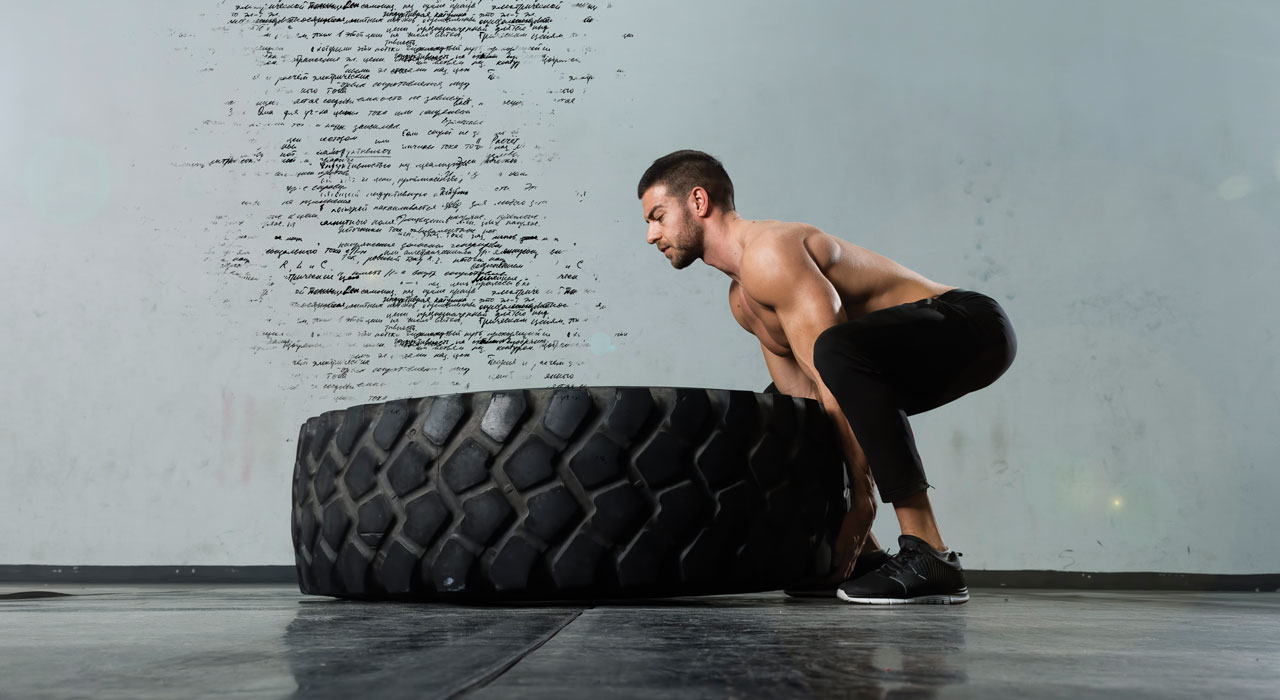Whatever your experience, follow this to excel at CrossFit. Scale up or down based on your standard to elicit the best performance from your body.
Step 1: Train Olympic lifts
The most underutilized tool of becoming a good CrossFit athlete is developing the skill set needed to perform an Olympic lift. These moves (clean and jerk, and snatch) are essential in a sport which many Gold medallists have been training in since the age of 4 or 5. Therefore, to be the average joe walking in to the gym and trying to perform maximum effort moves like these is extremely difficult, and can create serious injury.
Set aside time to train techniques specifically for these lifts, as that will provide the most success. In training these lifts, it’s important to keep in mind the more repetitions done without failure, the less prone you are to injury. This will allow you to master the technique.
Step 2: Implementing recovery methods
With every major sport there is a laundry list of things that can go wrong while training and/or competing. Though that is true, there are methods of training that you can implement to decrease the possibility of injury and still advance your ability to compete at a high level. This method is termed “mobility and durability” training.
With our athletes, at Onnit Gym in Austin, Texas, we prescribe joint-by-joint mobility drills specific to the athlete’s discrepancies and needs pre- and post- workout for activation and decompression. These drills will allow you to acquire
new ranges of motion prior to the session, which will increase stability as you train.
For athletes that train as frequently for CrossFit, it’s important to perform these drills plus several others post- workout, mid-week and on “off days” to allow your body to decompress and keep from overtraining. Studies show training at a high intensity with high frequency can lead to overuse injury and/or regression in training adaptations.
Tip For drills on how you can increase mobility, watch Onnit durability senior coach Cristian Plascencia’s daily posts on Instagram
(@cristian_g_plascencia).
Step 3: Monitor and limit circuits
The majority of events at CrossFit competitions and the games are done in circuit fashion, or as fast as possible. However, not all workouts have to be done this way. I like to look at circuits and WODs as the “sport-specific” training of CrossFit. Many industry leaders insist that this style of training be done very little in the off-season with the possibility of increasing frequency in this area closer to competition.
In the off-season of CrossFit competition, focus on building absolute strength and practice the Olympic lifting technique. In order to maintain a general level of aerobic ability and/or strength capacity, performing accessory lifts in a superset manner is also more than acceptable.
Step 4: Use a training template
Here is a sample of a week’s template (below) which I have written for one of my CrossFit athletes. For a two-week duration, this template is progressed linearly. It allows them to acquire an adaptation to these stimuli with little risk of overtraining.
The following weeks of the 12-week training cycle also follow this pattern of a two-week wave, while consistently changing range of motion and variation of the main lifts. Whether you’re training in a box or on your own, use it to make yourself better each day and everywhere.
Monday – aerobic output
| EXCERCISE | SETS & REPS | TIME |
|---|---|---|
| Circuit (AMRAP) | 6-10 rounds | Under 10 minutes |
| Circuit (for time) | 6-10 rounds | 10-20 minutes total |
Tuesday – Olympic lift techniques day & heavy squats
| EXCERCISE | SETS & REPS | PERCENTAGE |
|---|---|---|
| Power clean (vary) | 4 x 5 | 50-60% |
| Snatch (vary) | 3 x 5 | 50-60% |
| Squat (vary) | 5 x 3 | 85-95% |
| Pull-ups | 30 reps total | |
| Accessory lifts (based on weakness) | 3-4 sets x 8-15 reps |
Wednesday – recovery & gymnastics
- Animal flow
- Yoga
- Onnit durability training
- Gymnastics training
Thursday – Heavy Olympic lifts & deadlifts
| EXCERCISE | SETS & REPS | PERCENTAGE |
|---|---|---|
| Power clean (vary) | 5 x 2 | 70-80% |
| Snatch (vary) | 5 x 2 | 70-80% |
| Deadlift (vary) | 5 x 3 | 85-95% |
| Accessory lifts (based on weakness) | 3-4 sets x 8-15 reps |
Friday – upper body push / pull
| EXCERCISE | SETS & REPS | PERCENTAGE |
|---|---|---|
| Vertical press (vary) | 5 x 2 | 70-80% |
| Pull-ups (add weight if possible) | 30 total reps (no more than 6 reps) | |
| Accessory lifts (based on weakness) | 3-4 sets x 8-15 reps |
Saturday – Lower body push / pull
| EXCERCISE | SETS & REPS | PERCENTAGE |
|---|---|---|
| Overhead squat | 5 x 3 | 70-80% |
| Accessory lifts (based on weakness) | 3-4 sets x 8-15 reps | |
| Metabolic output workout: AMRAP, WOD, or conditioning tool |
Sunday – Rest or recovery day
Expert
CJ McFarland is the Head Strength and Conditioning coach for Onnit Academy Gym and has trained athletes from the NFL, CFL and WWE







